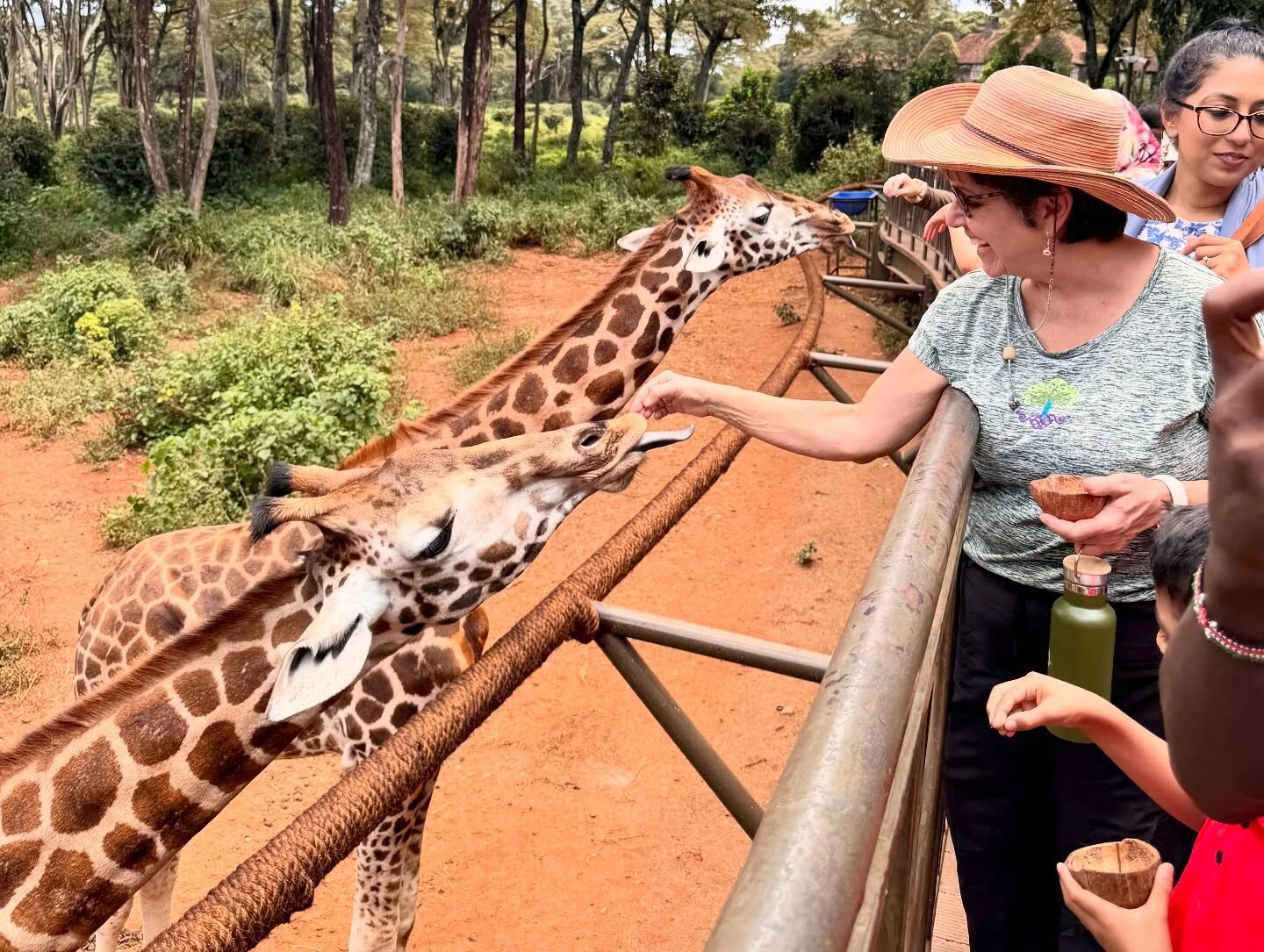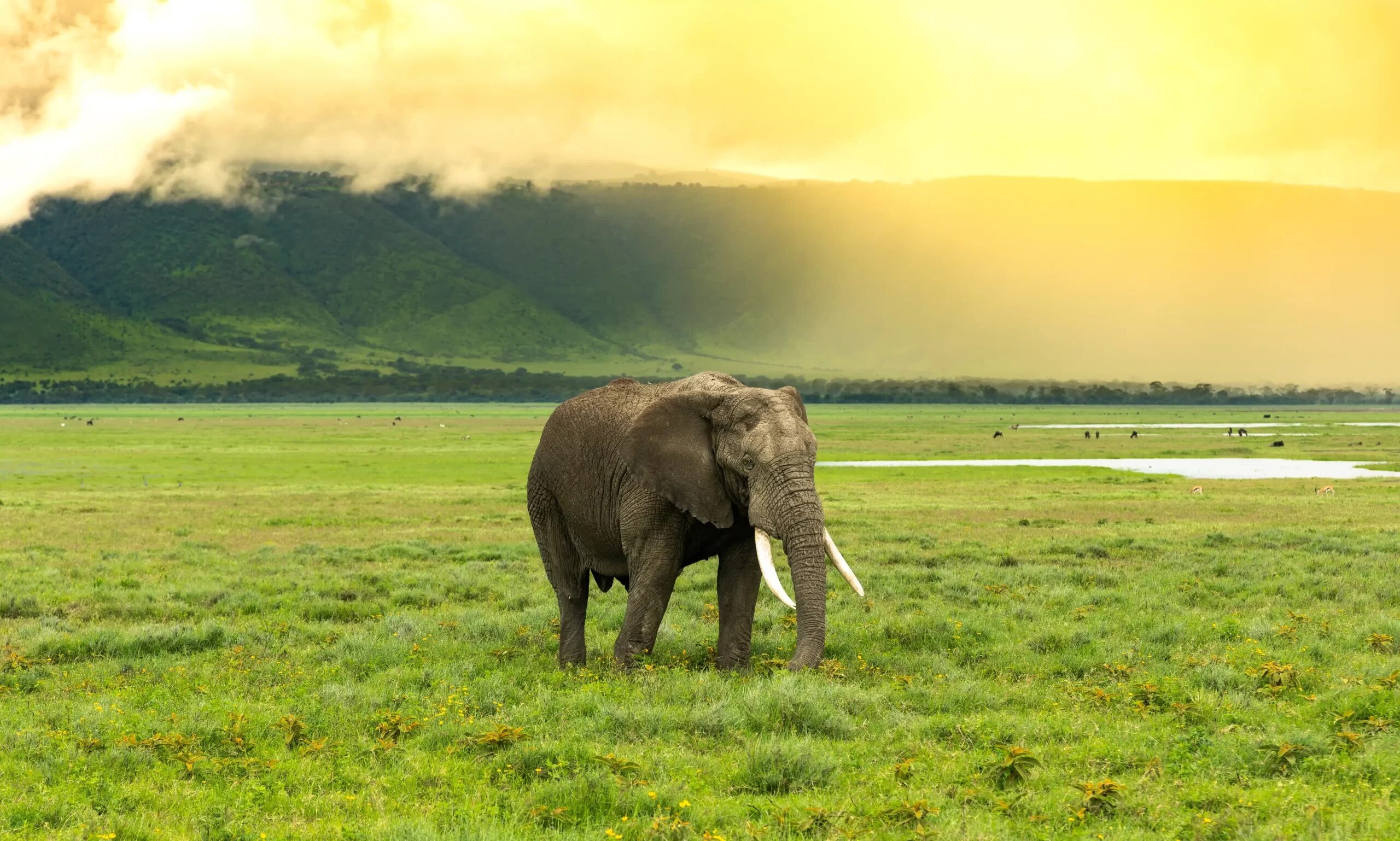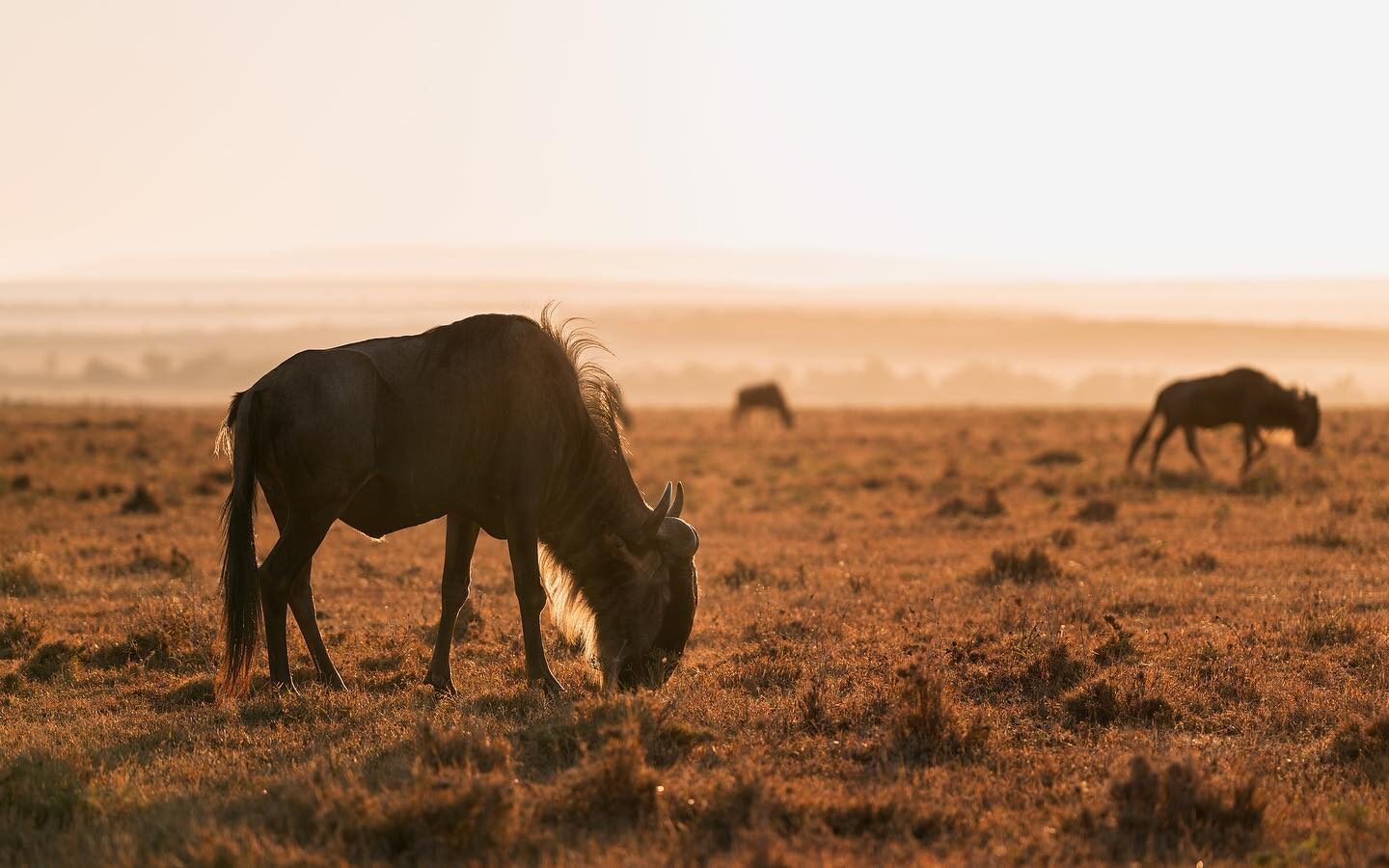Introduction
Planning a safari as you age? I’ve guided travelers in their 60s, 70s, even 80s through Kenya and Tanzania—and trust me, timing is everything! One year, I booked a group in April, only for heavy rains to wash out roads and resign them to our lodge (not ideal). But hit the dry season—June to October—and everything flows effortlessly: easy game drives, clear skies, wildlife congregations… and most importantly, a lot less stress. In this guide, we’ll uncover the safest time of year for older travelers to visit East Africa, packed with tips on health, comfort, and sanity-saving planning.
Understanding ‘Safety’ for Senior Travelers
Safety means different things to different people. But for older travelers on an East African safari, it’s not just about avoiding danger—it’s about staying comfortable, healthy, and confident every step of the way. I once had a lovely couple from Ontario, both in their 70s, who were more concerned about hydration and bumpy roads than lions (fair enough, right?).
The biggest safety concerns I’ve seen pop up? Sudden changes in temperature, uneven walking paths at camps, and unpredictable weather. Rainy seasons especially mess with everything—slippery ground, muddy roads, even delays in rescue if anything goes wrong.
I’ve learned the hard way that senior-friendly safaris need:
- Stable weather (no flash storms),
- Smooth road access (not washed out by mud),
- Predictable game drives (no surprise detours).
You don’t want your parents—or yourself—climbing in and out of a 4×4 while dodging a thunderstorm. So safety here isn’t just about wild animals. It’s about the conditions that help older travelers relax and focus on soaking up the experience.
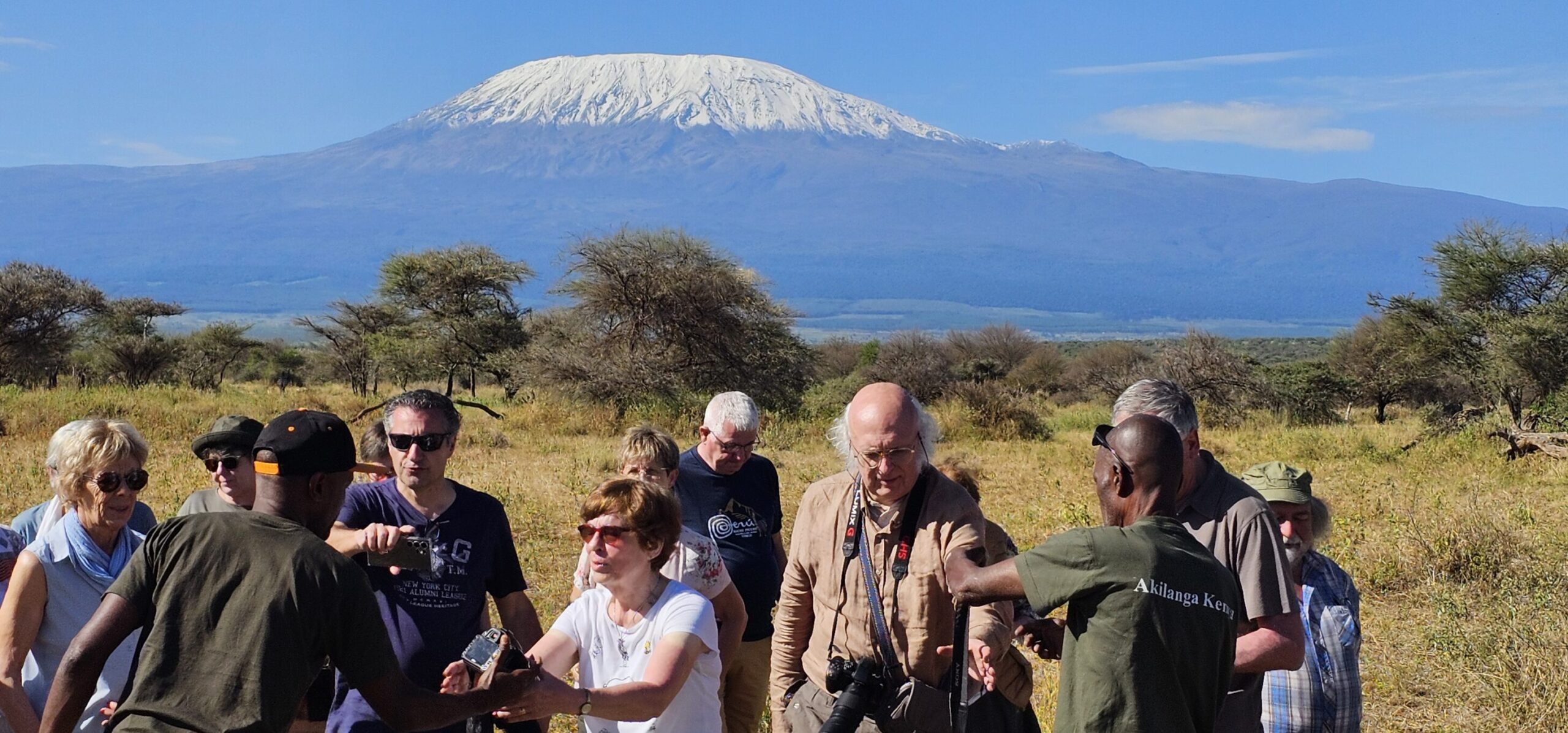
Optimal Season: Dry Season (June–October)
If you ask me, the best time of year for seniors to visit East Africa is hands-down between June and October. That’s the dry season across Kenya and Tanzania, and I mean dry-dry—as in warm days, cool nights, and dusty trails perfect for spotting lions under an acacia tree.
This is also peak wildlife viewing time, especially around the Mara River where the wildebeest cross (and let me tell you, watching those crossings is unforgettable). I once guided a 75-year-old photographer who was nearly in tears watching a lioness stalk her prey—he said it was better than anything he’d ever filmed back in Colorado.
For older travelers, these months offer:
- Mild temperatures (around 22–27°C),
- Dry, non-slippery walking paths,
- Fewer mosquitoes (huge win for malaria prevention),
- Clear roads = smoother game drives.
What I love most about this season? Everything just works. Lodges run at full operation, doctors are often on standby, and you’re not constantly battling the elements. It’s the Goldilocks zone for seniors—not too hot, not too cold, not too wet.
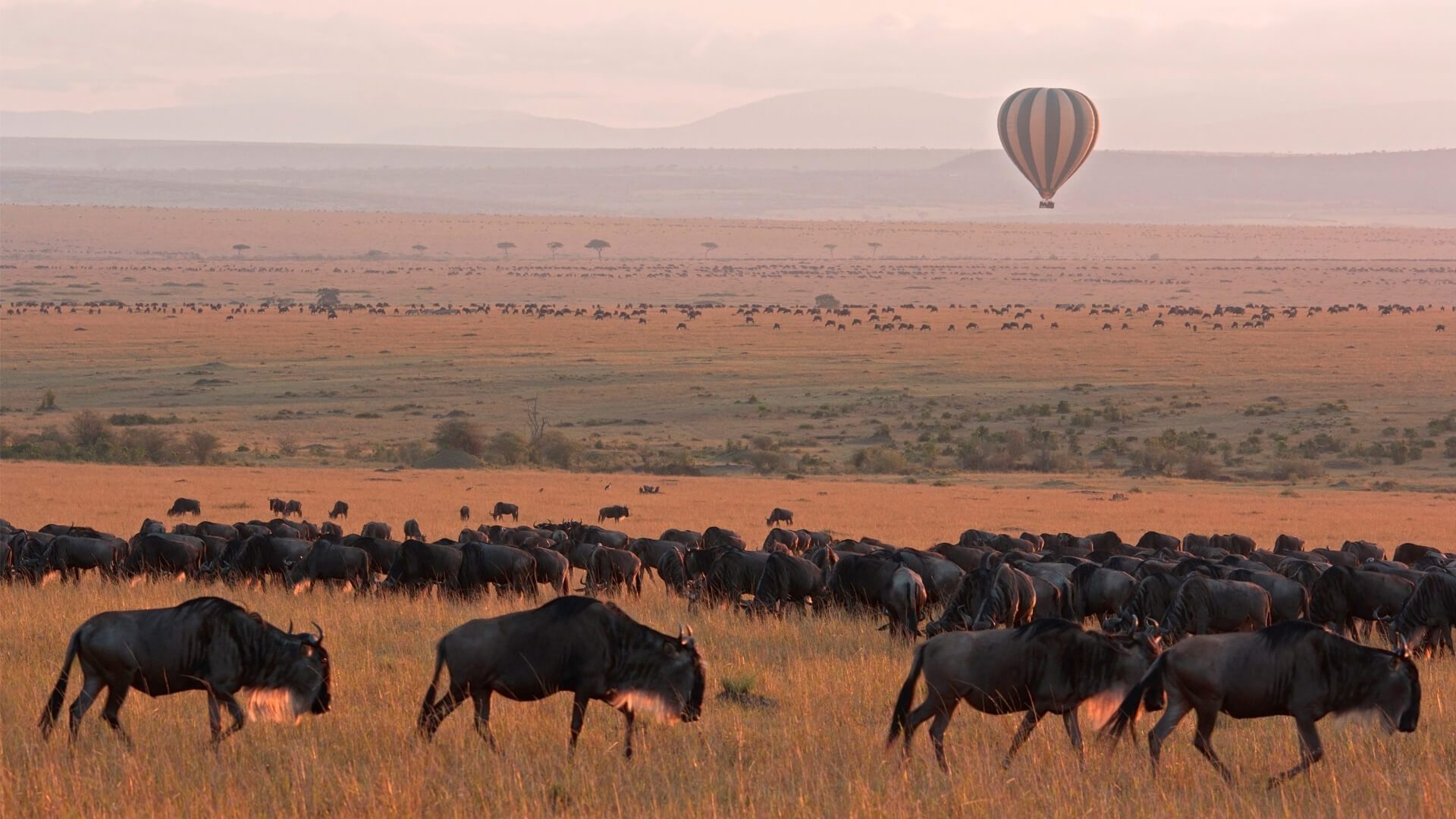
Off-Peak Options: Short Rains & Shoulder Seasons
Now, if you’re a bit of a rebel—or just like traveling when it’s quieter—you might consider the shoulder seasons: May or November. These months bring the short rains, which means you’ll get lush greenery, dramatic skies, and cheaper lodge rates.
But—and this is a big but—you’ve got to be ready for the occasional storm or muddy path. I had a client named Mrs. Beckett, a sprightly 68-year-old who brought her own foldable walking stick (smart lady). She loved traveling in November but admitted the unpredictability made her a little nervous.
If you go during these off-peak months, here’s what I recommend:
- Stay in permanent lodges, not tents (the ground can get soggy),
- Bring light waterproof boots and rain jackets,
- Book with operators who offer flexible schedules in case game drives shift due to rain.
It’s not for everyone, but some of my older guests have loved the peace and sense of exclusivity during these times. Just don’t expect perfect weather every day.
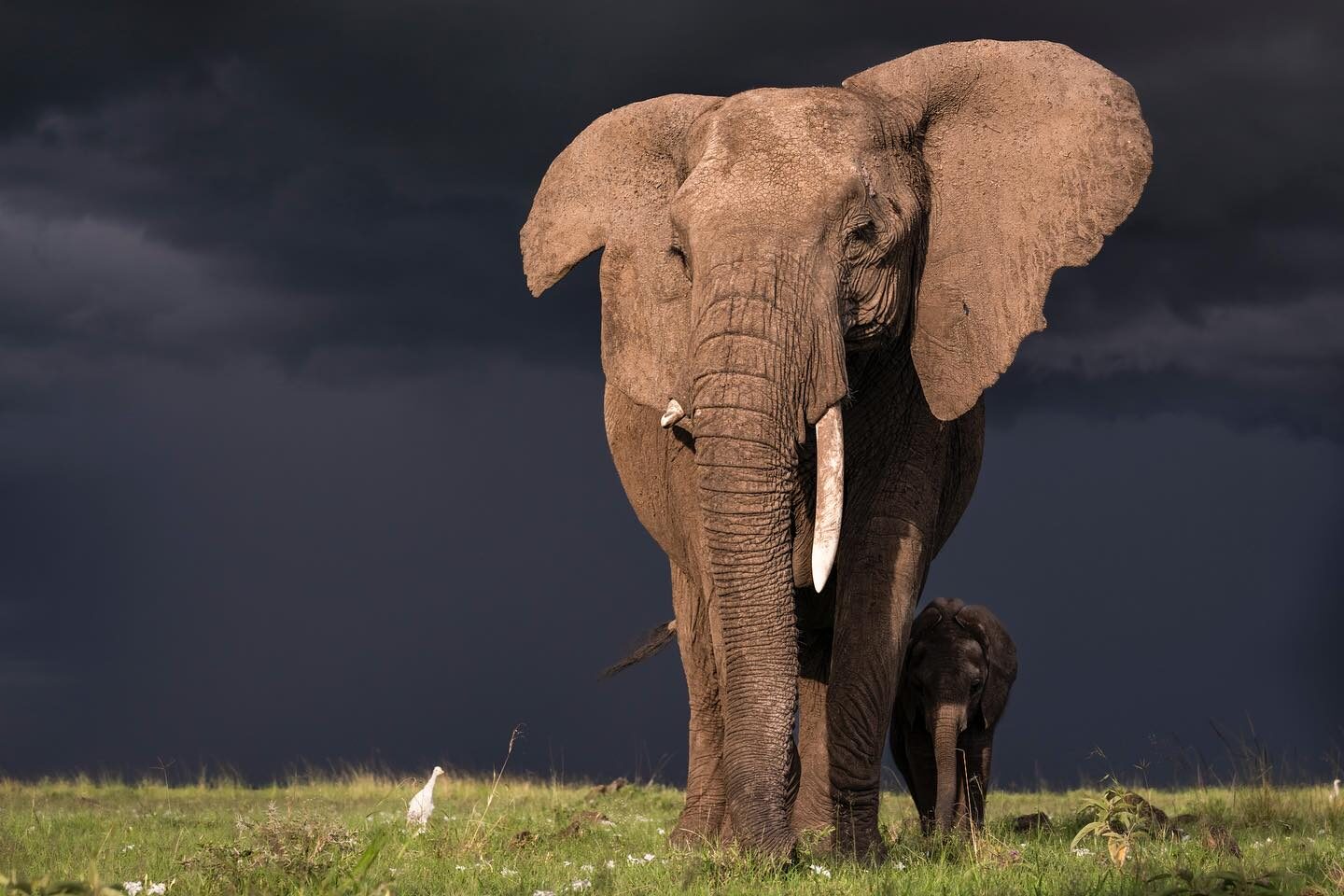
Mobility & Comfort: Roads, Vehicles & Lodges
This is where most people underestimate East Africa—comfort is everything, especially when you’ve got stiff knees or a bad back (hey, I’m no spring chicken myself). I always book 4×4 Land Cruisers with extended roofs and swing doors—climbing in shouldn’t feel like scaling Kilimanjaro.
A major mistake I made early on? Booking a senior couple into a rustic eco-camp in Samburu with uneven paths and no railings. Lovely views, yes. But they barely left their tent. Lesson learned.
Here’s what I now insist on for older travelers:
- Low-ground entry lodges (no stairs, ideally),
- Private bathrooms with Western-style toilets (trust me, squat toilets are a no-go),
- Comfortable seating in vehicles with cushions or back support.
And for the longer drives between parks? We plan rest stops every 2 hours minimum. Best pit stop? There’s a great little spot in Makutano Junction between Nakuru and the Mara with shaded benches and clean loos. Small touches, but they make all the difference.
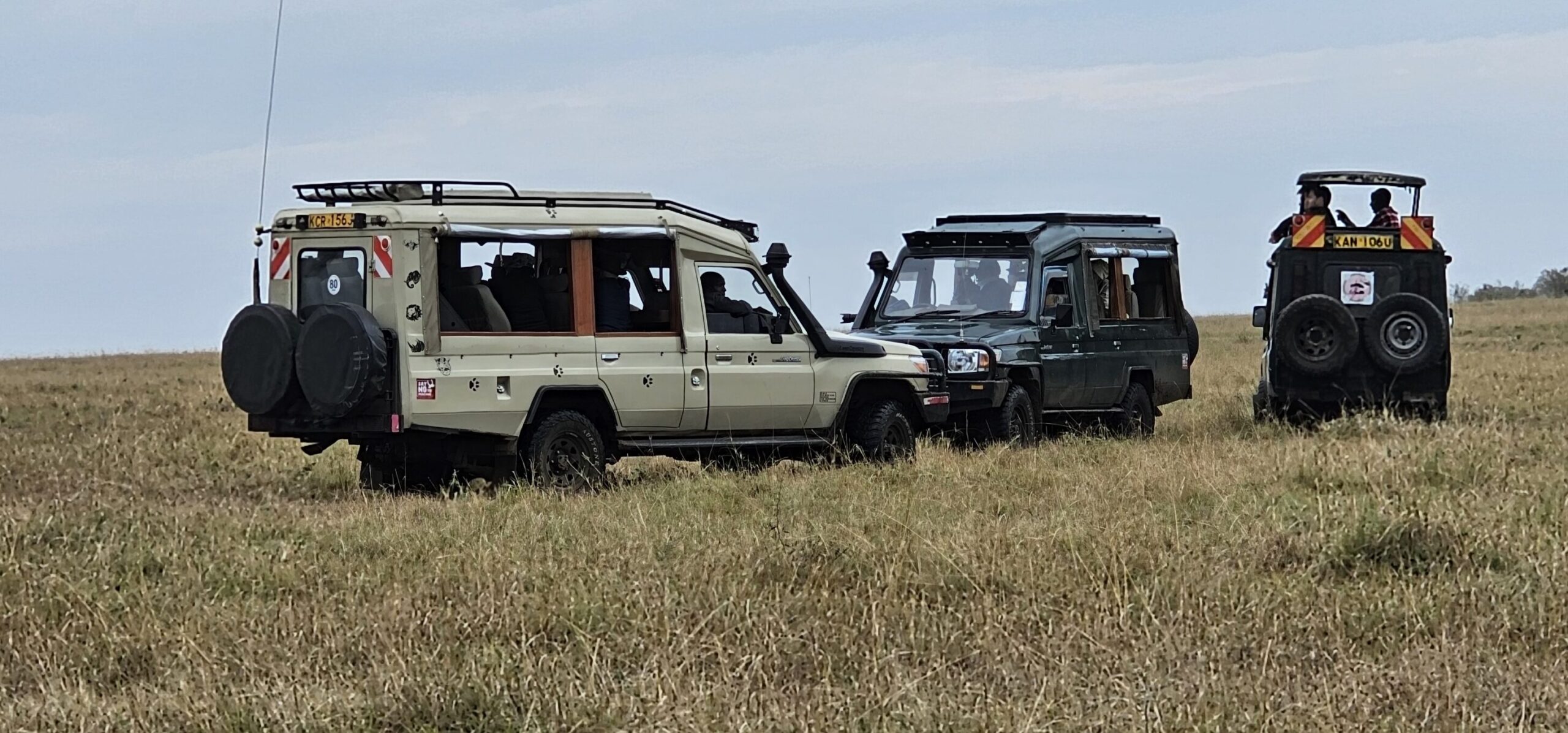
Health & Safety Tips for Older Visitors
Let’s get real—safari travel can be rough on the body if you’re not prepared. Dehydration, sunstroke, insect bites—seen it all. I once had a client pass out during a late afternoon drive because they hadn’t been drinking enough water. Scary moment, but a wake-up call for all of us.
Here’s what I always tell my senior travelers:
- Hydrate constantly (we keep electrolyte packets in the car),
- Use high-SPF sunscreen, even if it’s cloudy,
- Apply mosquito repellent religiously, especially near water.
One more thing: if you use a walking stick, CPAP machine, or special meds, don’t assume they’ll be available in Kenya or Tanzania. Bring extras. Always.
Crafting a Senior-Friendly Safari Itinerary
The ideal safari for older travelers isn’t a race. It’s a slow, immersive ride. I’ve found 7–10 days is the sweet spot—enough time to enjoy, but not so long you get tired of packing and unpacking every night.
One itinerary my guests love goes like this:
Nairobi → Masai Mara (2 nights) → Lake Nakuru (1 night) → Lake Naivasha (1 night) → Amboseli (2 nights). you can fly back from Amboseli to Nairobi to skip the bumpy 5-hour drive—100% worth it.
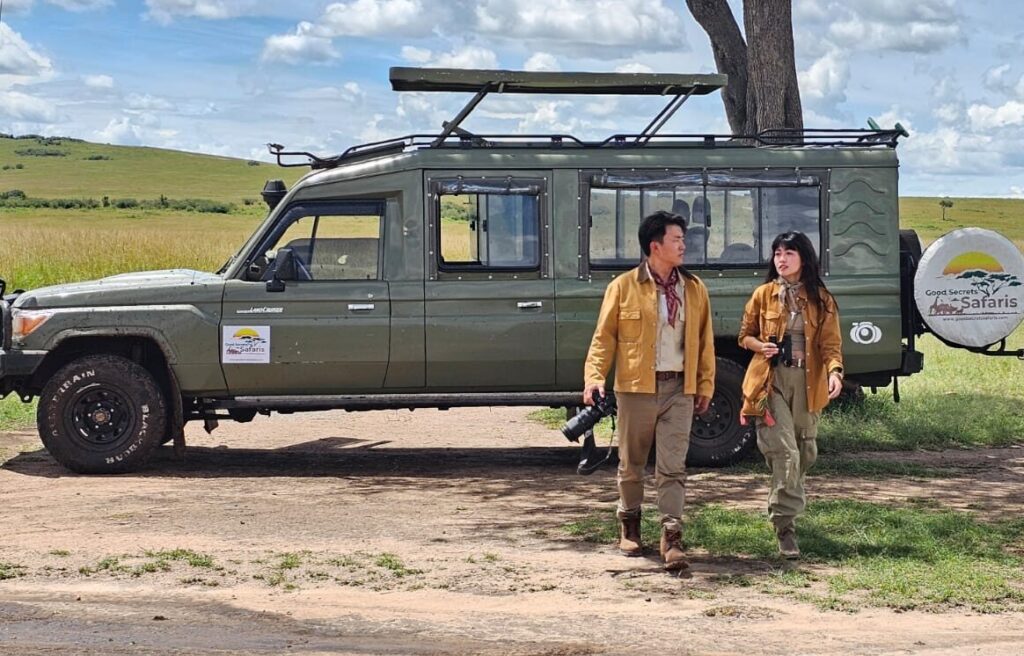
I now build in rest days or “soft days” between intense game drives. Some of our guests just stay at the lodge with a book and a view of elephants walking by. And honestly? That’s still a safari.
If you’re a senior or booking for one, keep it simple, scenic, and supported. You’ll thank yourself later.
Conclusion
To sum up, the safest time of year for older travelers to visit East Africa is the dry season from June to October—especially June and September. These months combine gentle weather, smooth roads, accessible lodges, and prime wildlife viewing. But if you’re flexible and love peace off the beaten track, May and November (shoulder seasons) deliver greenery, photos, and fewer crowds.
Ready to book your ideal senior safari trip? Reach out—my team and I specialize in crafting East Africa tours that are safe, comfortable, and unforgettable.

